|
Dr Tom Cromarty Editor Interests: Paediatric Emergency Medicine, Medical Engagement and Leadership, Simulation, Quality Improvement, Research Twitter: @Tomcromarty |
Welsh Research and Education Network
WREN BlogHot topics in research and medical education, in Wales and beyond
Dr Celyn Kenny Editor Interests: Neonates, Neurodevelopment, Sepsis, Media and Broadcasting Twitter: @Celynkenny |
|
Dr Thomas Cromarty ST6 Session delivered by: Sara Hughes – Speciality Reg in Paediatric Dentistry, University Dental Hospital Cardiff Earlier on in the month I was able to attend an incredibly enlightening session on Oral Health in Paediatric patients. Aside from teaching me how to brush my own teeth properly at the age of thirty-five, there were some really useful nuggets of information. Especially for questions which my friends who are parents ask, starting “You’re a Paediatric doctor, you should know this” (Spolier..often I have no idea). Well when it comes to kids and teeth, now I do, and in 5 minutes so will you. I thought it would be easiest to go for a Q&A format, so I’ll jump straight in. “My child is X years old, should she have all her teeth yet? Turns out that apart from the Natal Teeth which you sometimes see whilst on the Post-Natal ward (check it’s not loose and airway obstructable, then send to a dentist):
BabyCenter – Baby Teeth Order of Appearance “What is dental caries (decay)? Eat sugar -> Bacteria in the mouth use the sugar to produce acid -> Acid then demineralises the enamel -> Hole is formed. Think of it like the “Battle of the Bouche”, with protective factors versus destructive factors. On the good side we have Saliva (buffers the acid), Fluoride (strengthens enamel) and a healthy diet (low sugar, coarse food cleanses teeth). On the bad side there are caries causing bacteria, xerostomia (low saliva levels) and poor diet (high sugar). “I take it I can clean my child’s dummy by sucking on it myself? Actually No, the bacteria which are implicated in causing caries are acquired, and usually from adults that can transfer the bacteria to the child. So please don’t recommend doing that. “Yeah, the baby teeth aren’t in good nick, but we’ll sort out his teeth cleaning when the adult teeth come through….we cool?” Decay and Caries in the baby tooth can track down to the adult tooth and affect the development of the crown, making it more likely to break down and need extraction. Also, if baby teeth need to be removed prematurely, adult teeth then drift in and either can’t erupt or erupt abnormally, causing “crowding” of teeth. Sometime adult teeth to be removed as well. Figure 1. The baby tooth above the adult tooth (circled) was removed so hasn’t erupted properly due to drift of the tooth to the right. “My child has a massive sweet tooth, is it better to allow a high sugar intake infrequently or frequent low sugar intakes Answer: Frequency is worse than Total amount The ‘Stephan Curve’ (above) shows that after sugary foods/drinks, bacteria use the sugar which makes acid (lowering the pH). When the pH in the mouth is below the ‘Critical pH’ of 5.5 then tooth decay happens. The longer cumulative time the mouth’s pH is in the ‘critical zone’ then the worse the decay. So you can compare a day without sugary snacks Versus a day with sugary snacks! (below). How big is the problem? What are the REAL stats? (UK data from 2013) 8 year olds: 46% have ‘Obvious evidence of dental decay’ Socio-Economic Inequality: 57% (children who qualified for free school meals) 45% (did not qualify for free school meals) 12 year olds: >30% had obvious decay in the permanent teeth 15 year olds: >40% had obvious decay in the permanent teeth “Ok so they have bad teeth, but it’s only their teeth, give me a break!!” Dental Health DOES impact on General Health! Children with decay and tooth pain who are not used to visiting the dentist are scared, so don’t tell their parents and suffer in silence. Some of these effects can be seen below: “What resources can I visit for information?” Sugar Smart app: This breaks down daily recommendations into sugar cubes rather than grams, which is much easier to understand. NHS food factsis useful: Maximum Daily allowance of sugar in children is 4-7 cubes (each cube is 4g sugar) “What is the biggest problem? Drinks!Fizzy drinks, Fruit juices. Hidden sugars:Tomato Ketchup (not so bad when consumed with a meal). Petit Filous (1.5 sugar cubes each) Dried Fruit:Lots of sugar and sticks to teeth as well “So, what are the take home messages?
2. Give Tooth Friendly Advice:
”Bottle Caries” where milk sits on the teeth overnight (and saliva reduction is low) Remember: Sugar free squash or just no added sugar 3. Recommend safe snacks
4. Encourage regular dental visits Ask the question as part of your regular history taking E.g. Who is their Dentist? - Just asking the question can be enough “How often?” - depends on risk level, 6/12 to 18/12. Toothpaste Unflavoured & Non-foaming (SLS free) for children with autism. (e.g. OraNurse) DO NOT Recommend: Fluoride-free toothpastes, Toothpastes containing baking soda (stains only), Charcoal toothpastes. Brushing Aids
Brushing advice
Referral Pathways Check that the patient has a Dentist. Otherwise can register with NHS Direct. Other Options:
“Any other useful tips for doctors?
1 Comment
16/11/2021 03:00:12 pm
Reply
Leave a Reply. |
Editors
Dr Annabel Greenwood Categories
All
|



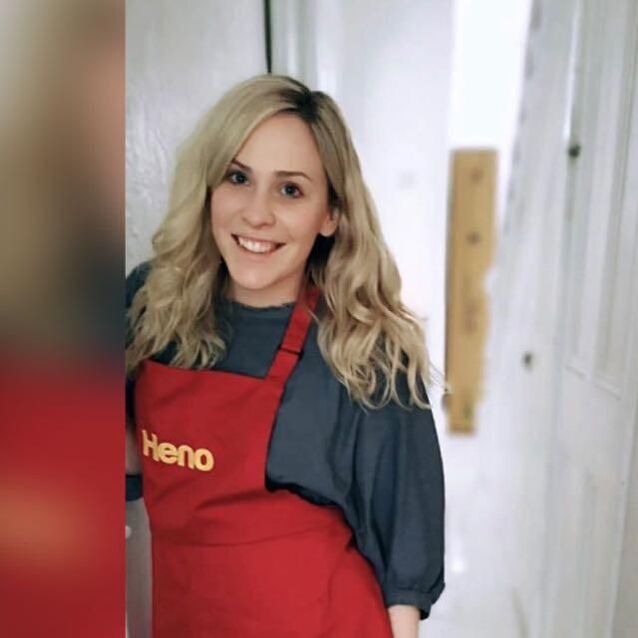
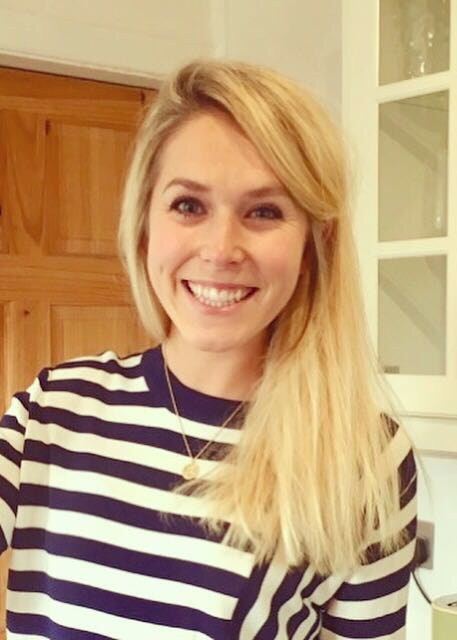
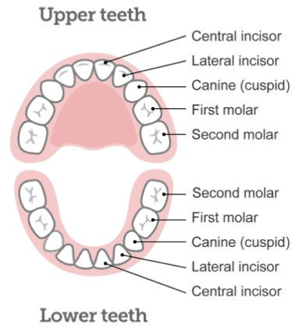
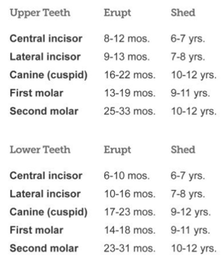
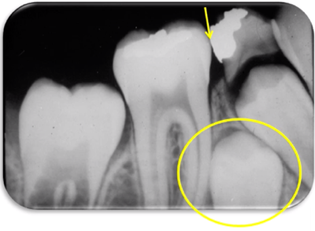
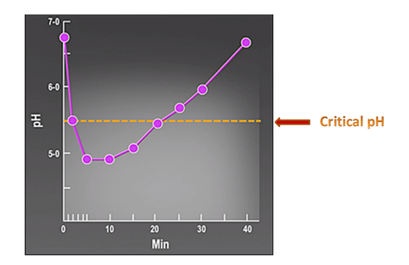
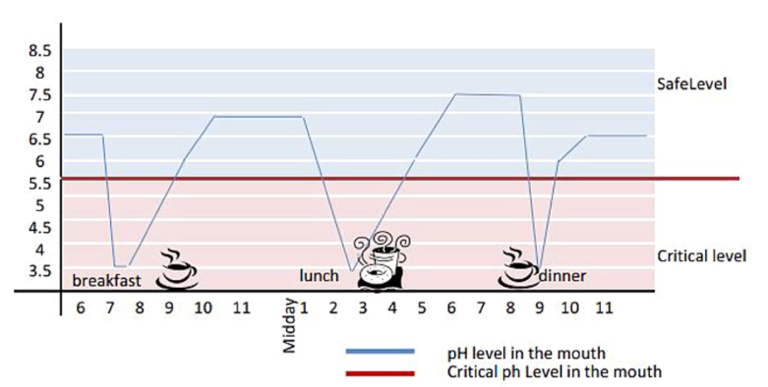
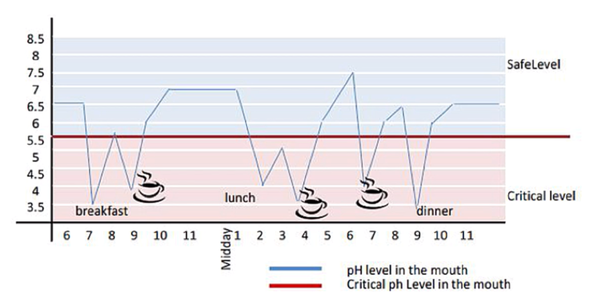
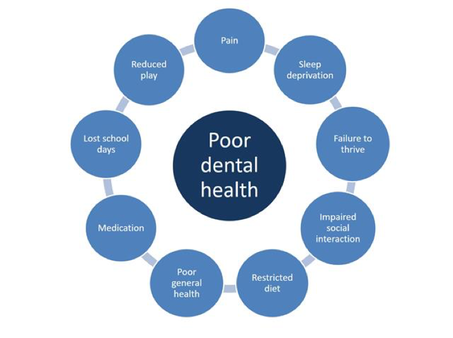
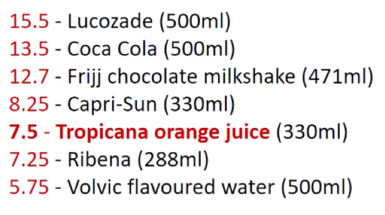
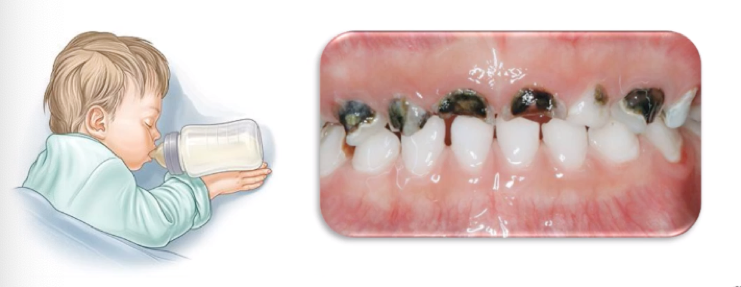
 RSS Feed
RSS Feed
